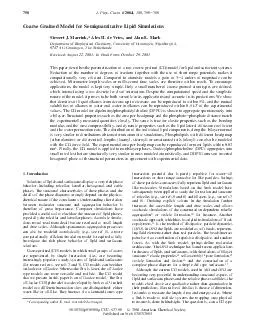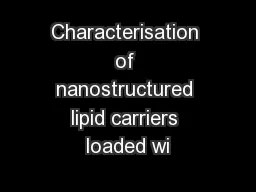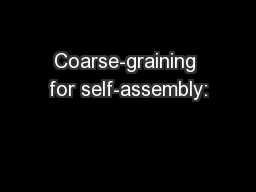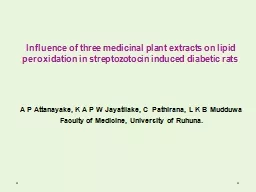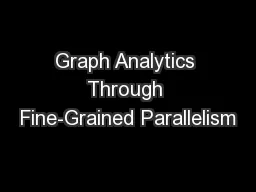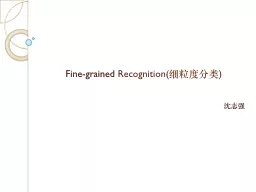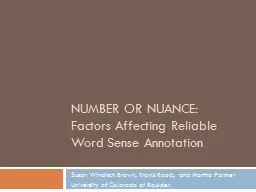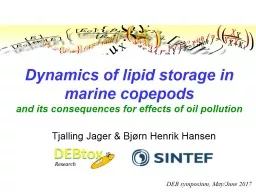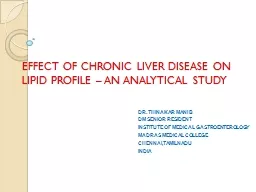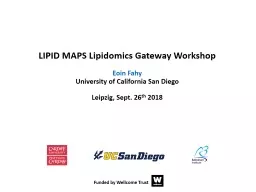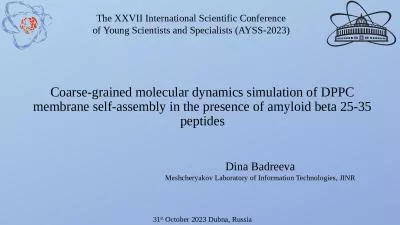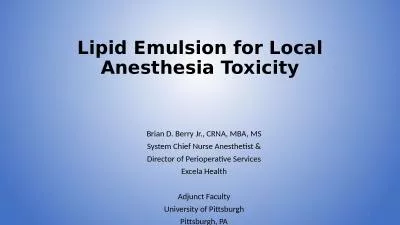PDF-Coarse Grained Model for Semiquantitative Lipid Simula
Author : faustina-dinatale | Published Date : 2015-04-17
Marrink Alex H de Vries and Alan E Mark Department of Biophysical Chemistry Uni ersity of Groningen Nijenborgh 4 9747 AG Groningen The Netherlands Recei ed August
Presentation Embed Code
Download Presentation
Download Presentation The PPT/PDF document "Coarse Grained Model for Semiquantitativ..." is the property of its rightful owner. Permission is granted to download and print the materials on this website for personal, non-commercial use only, and to display it on your personal computer provided you do not modify the materials and that you retain all copyright notices contained in the materials. By downloading content from our website, you accept the terms of this agreement.
Coarse Grained Model for Semiquantitative Lipid Simula: Transcript
Download Rules Of Document
"Coarse Grained Model for Semiquantitative Lipid Simula"The content belongs to its owner. You may download and print it for personal use, without modification, and keep all copyright notices. By downloading, you agree to these terms.
Related Documents

